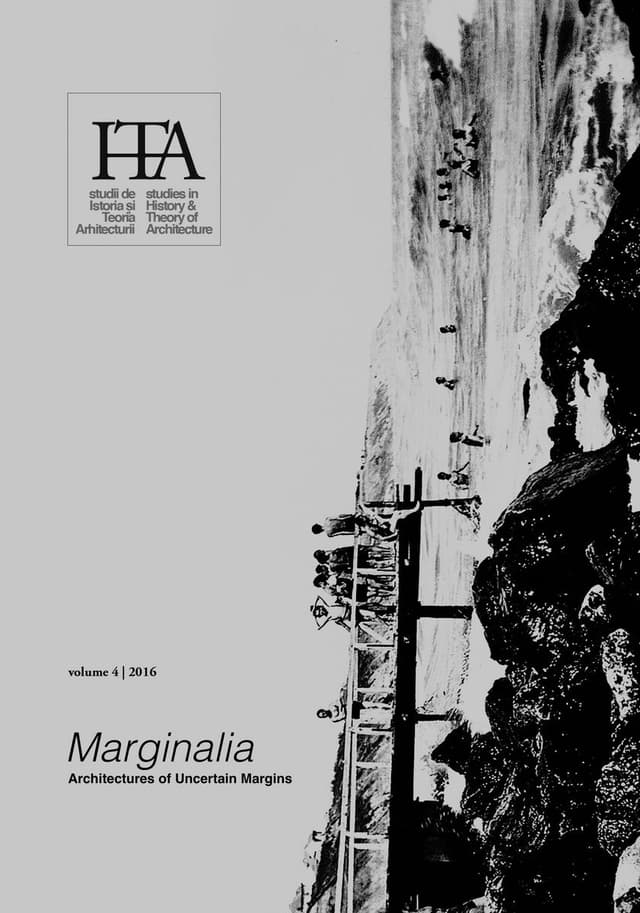The Productive Role of Margins. Architectural Discourse in the Late 1960s Romania
by
Dana Vais
Keywords
margins
Romania
1960s
Alifanti
Porumbescu
communist architecture
This paper has two aims. The first is to investigate the notion of margins and its relevance to architectural discourse. The second is to cast a new perspective on the 1960s Romanian architecture by using the same concept. Margins are considered as both an instrument and an object of study.
Margins are a versatile notion. They send to marginality, the way post-modern cultural theory addressed the concept, but they can also have meanings such as margins of quest,margins of error, or edges. The paper re-reads the architectural discourse in 1960s Romania through the lens of this variable notion. In spite of the relative freedom that characterized the period, this discourse evolved in the margin of the political power’s discourse. By comparatively analysing two architects, Nicolae Porumbescu and Mircea Alifanti and the different use they made of their marginal condition – strong and weak, respectively –, the paper investigates how margins can give a critical potential to discourses that are not ones of opposition.
Published in

Chicago citation style
DOI:
10.54508/sITA.4.14
4 / 2016
The Productive Role of Margins. Architectural Discourse in the Late 1960s Romania9 / 2021
Housing Concepts: Addressing Habitation in Architecture’s Terms9 / 2021
Looking at the Circulation of Models and Ideas Beyond Political Barriers Is of Crucial Importance10 / 2022
Riccardo Dalisi ‘71-‘74. Il Rione Traiano di Napoli e la partecipazione come progetto11 / 2023
Oana Cristina Țiganea, The Rise and Fall of Romanian “Steel Fortresses” and the Case of Hunedoara, 1949-1999. Built and Environmental Legacies of Socialist Industrialisation